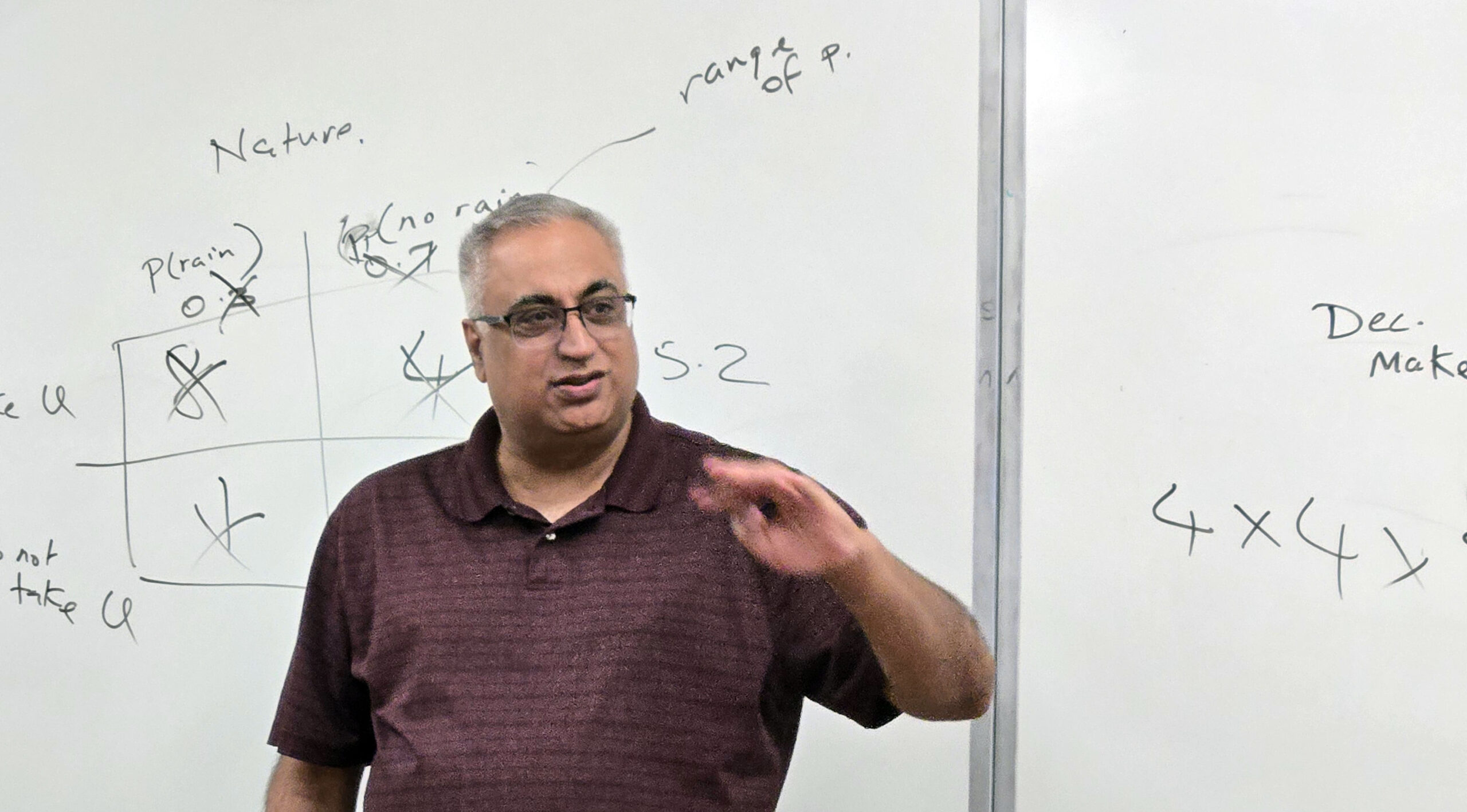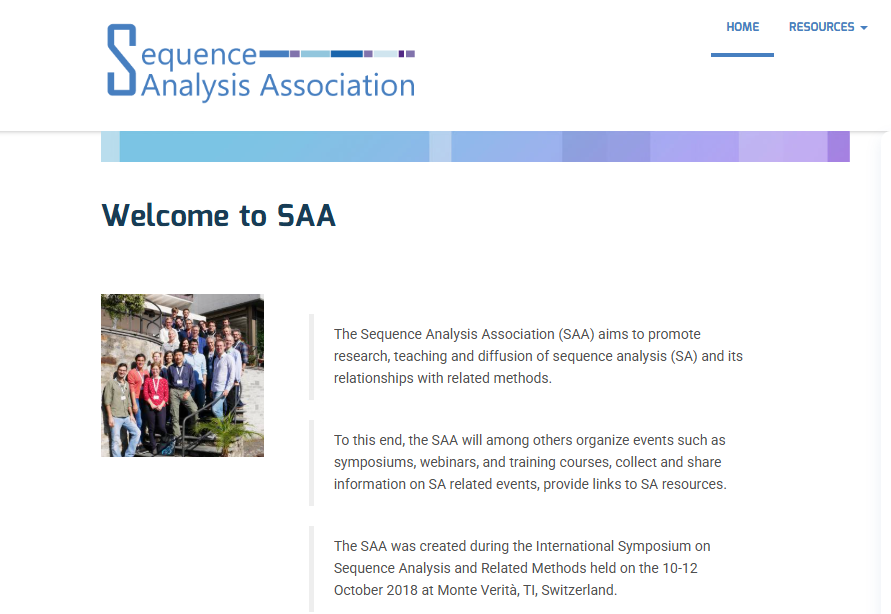“Structural Holes and Good Ideas”
Structural Holes and Good Ideas
Ronald S. Burt
University of Chicago
This paper explores the concept of “structural holes” in social networks and how bridging these gaps can lead to innovative ideas and improved performance in organizations. Here’s a simplified breakdown of the key points:
- Structural Holes and Brokerage: The paper discusses how social networks often have gaps, known as structural holes, where there is a lack of direct connections between different groups. Individuals who can bridge these gaps, known as brokers, have access to diverse information and perspectives, which can lead to the generation of good ideas.
- Impact on Performance: Managers who act as brokers across these structural holes tend to receive better performance evaluations, higher compensation, and more promotions. This is because they can introduce new ideas and facilitate communication between otherwise disconnected groups.
- Evaluation of Ideas: The study involved senior managers evaluating ideas based on their potential value. Ideas that bridged structural holes were often rated higher because they brought in fresh perspectives and solutions to existing problems.
- Job Evaluations and Mobility: The paper also examines job evaluations over two years, showing that managers with consistently high evaluations often engaged in brokerage activities. Conversely, those with poor evaluations were less likely to bridge structural holes and more likely to leave the firm.
- Examples of Brokerage: Historical examples, such as Lyndon Johnson’s political networking and Paul Sachs’s role in the art world, illustrate how brokerage across structural holes has been a powerful tool for innovation and influence.
- Conclusion: The findings suggest that organizations can benefit from encouraging employees to build networks that span structural holes. This can lead to a more innovative and adaptable organization, as brokers are more likely to propose valuable ideas and drive change.
In summary, the paper highlights the importance of social network structures in fostering creativity and innovation within organizations. By understanding and leveraging structural holes, individuals and companies can enhance their performance and generate valuable ideas.










Leave a Reply